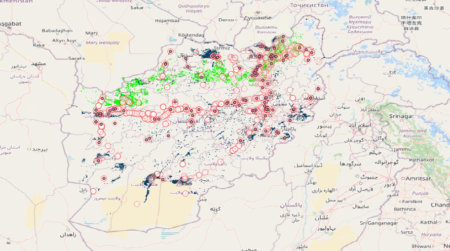Yesterday’s Brainfood included the paper “Genetic diversity evolution of a sheep breed reintroduced after extinction: Tracing back Christopher Columbus’ first imported sheep.” This sounds intriguing enough from the title and abstract to piss off a lot of our readers for the rest being behind a paywall. Actually, though, you can find it on ResearchGate. But it’s a long read, so here’s the short version, which also draws from an article in FAO’s newsletter Animal Genetic Resources Information dating back to 2000.
Before being conquered by the Spaniards in the late 15th century, the Canary Islands were home to non-wooly (i.e. hairy) sheep. This is surprising because nearby Northwest Africa has had mostly wooly sheep from 4000–3000 BC. Hairy sheep are adapted to humid tropical conditions and are more prevalent in sub-Saharan Africa. They may have been taken to the Canaries between 3000–2000 BC by the first inhabitants of the islands as they expanded northwest during a period of more favourable climates.
From the Canaries, they were taken to the Caribbean, starting with Columbus’ second journey, and thereafter spread through the Americas. There, they were crossed with other hairy breeds brought from sub-Saharan Africa with the trade in enslaved Africans. Meanwhile, they eventually went extinct back in the Canary Islands, due to cross-breeding with more productive sheep, and changes in the agricultural system as a result of Spanish colonization.

In the 1950’s, however, hairy sheep, likely the descendants of the original introductions, were taken back to the Canaries from Venezuela, where they were nurtured, and thrived. The resulting current population of Canary Hair Sheep seems to have fairly high diversity, high census and effective population sizes, and satisfactory numbers of newborn animals registered per year. It thus seems to be a good example of successful “recreation” (or as near as one can figure it) of an extinct breed.


